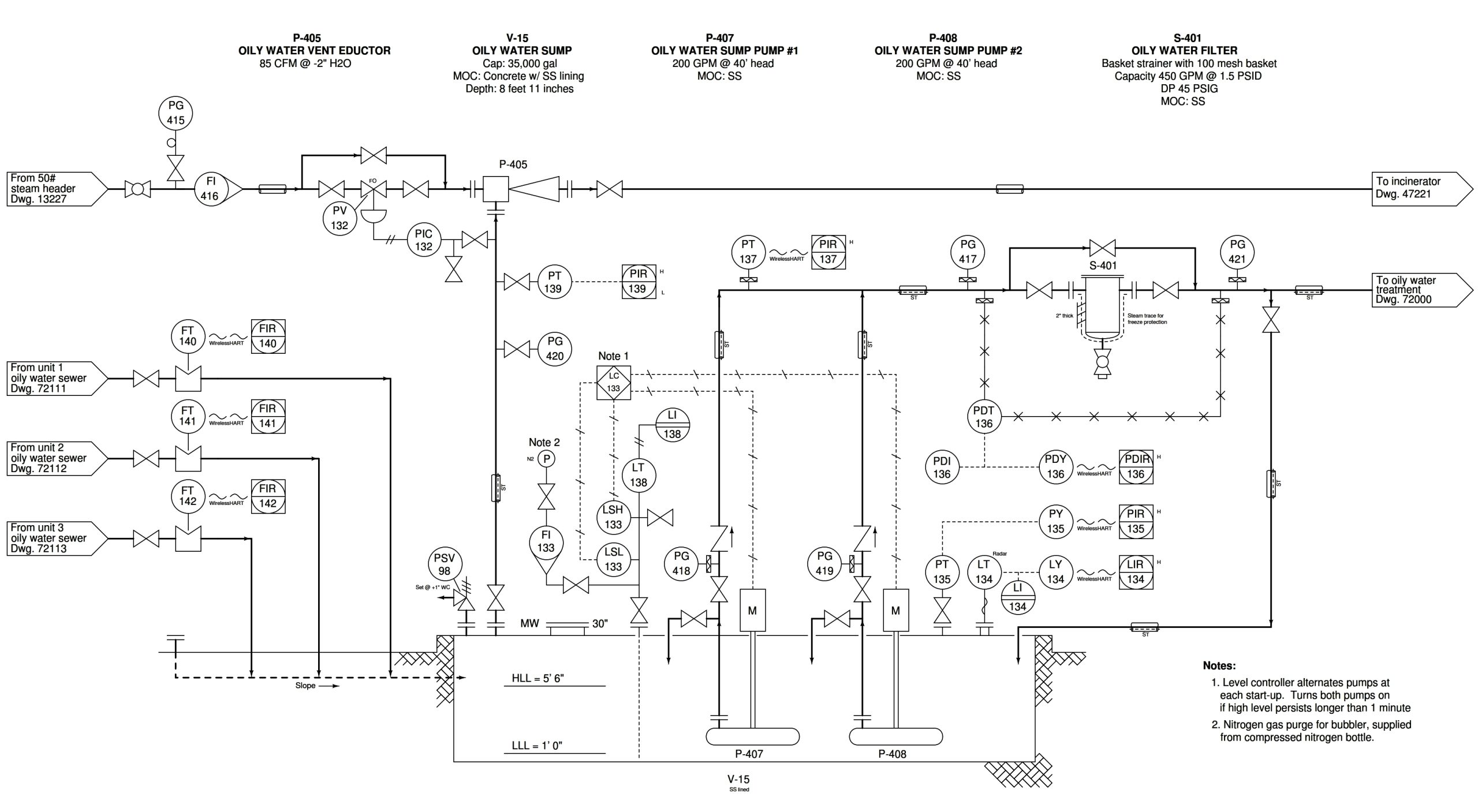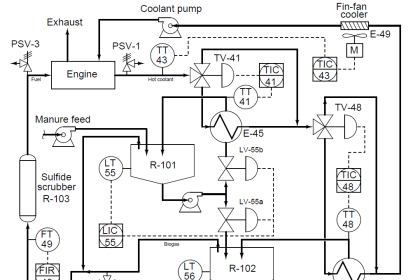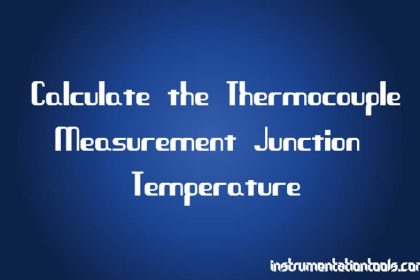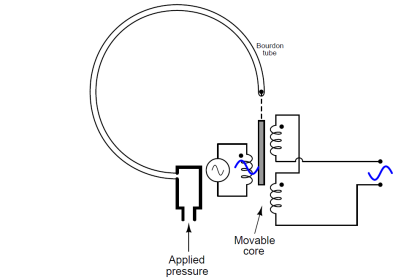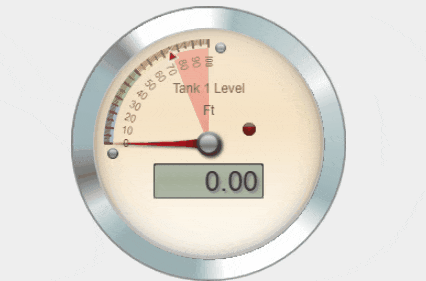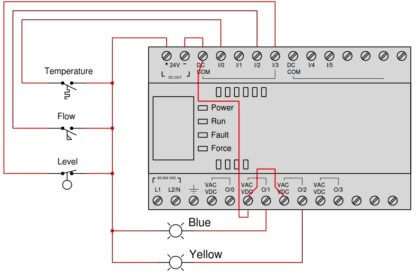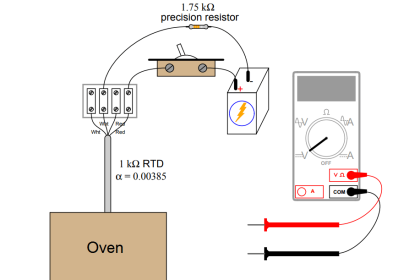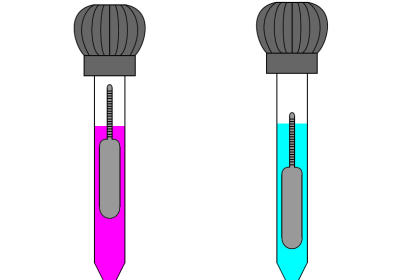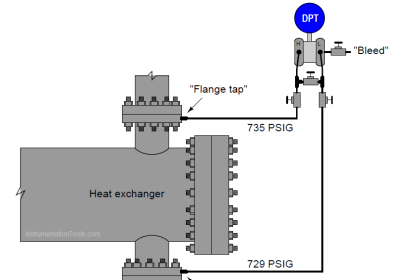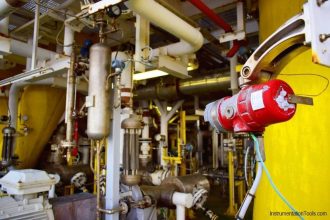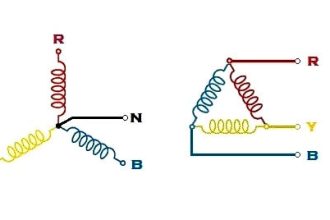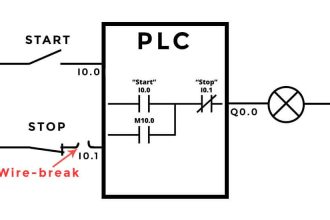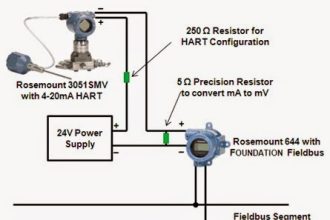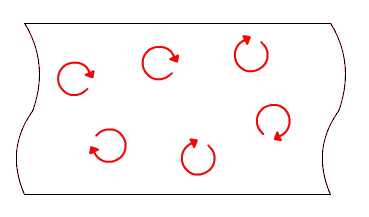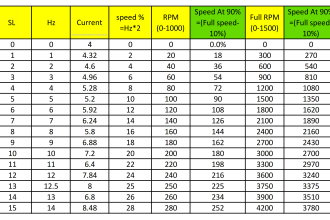A steam eductor is a device used to create a vacuum, by passing steam through a “venturi” tube. In this process, a steam eductor is used to apply a constant venting suction to an oily water sump (underground storage vessel for collecting liquid):
Steam Eductor
Calculate the amount of force applied to the “manway” cover on the sump when the eductor is operating at its rated capacity, and also the direction of this force.
Will the applied vacuum from the eductor help or hinder the two pumps’ ability to move liquid out of the sump and to water treatment? Will the effect be minimal or substantial?
Answer:
F = 51.07 pounds of force, downward (holding the cover onto the flange).
Although the eductor’s suction will in fact hinder the pumps’ ability to move liquid out of the sump to treatment, the effect will be minimal since 2 inches WC is tiny compared to the rated head (pressure) of the pumps at 40 feet WC.
Share your answers with us through the below comments section.
Read Next:
- Venturi Flow Meter Principle
- Problem with Sump Tank Level
- Venturi versus Orifice flow meter
- Measuring Instruments Questions
- Process Control High-Level Alarm
Credits: Tony R. Kuphaldt
